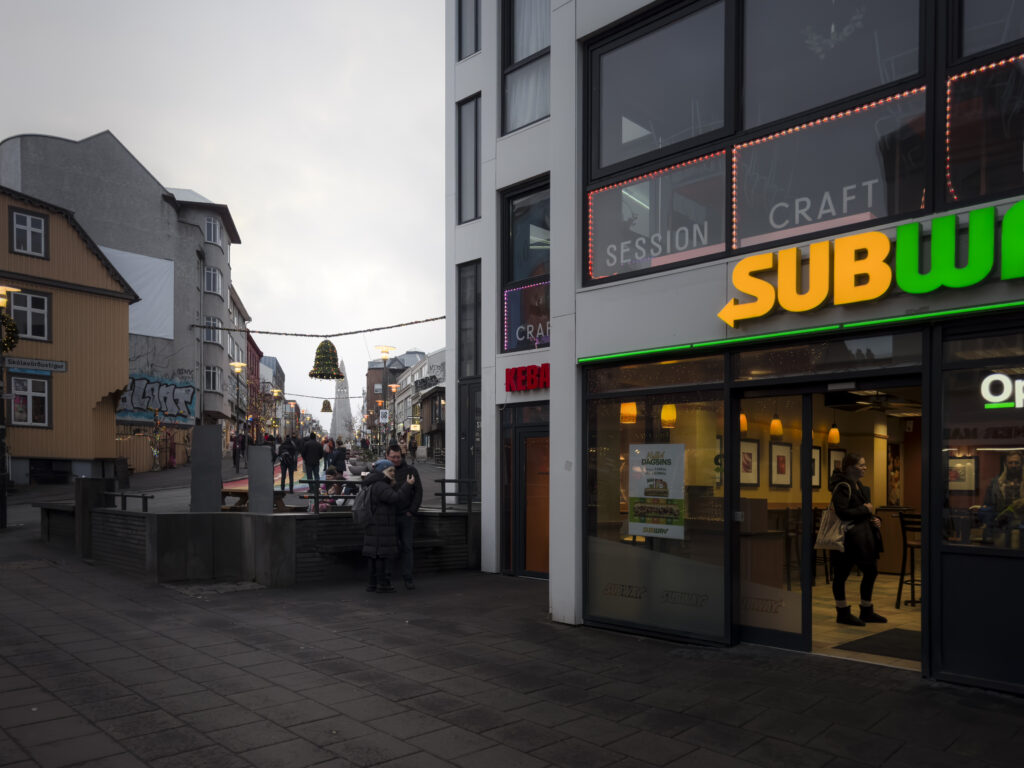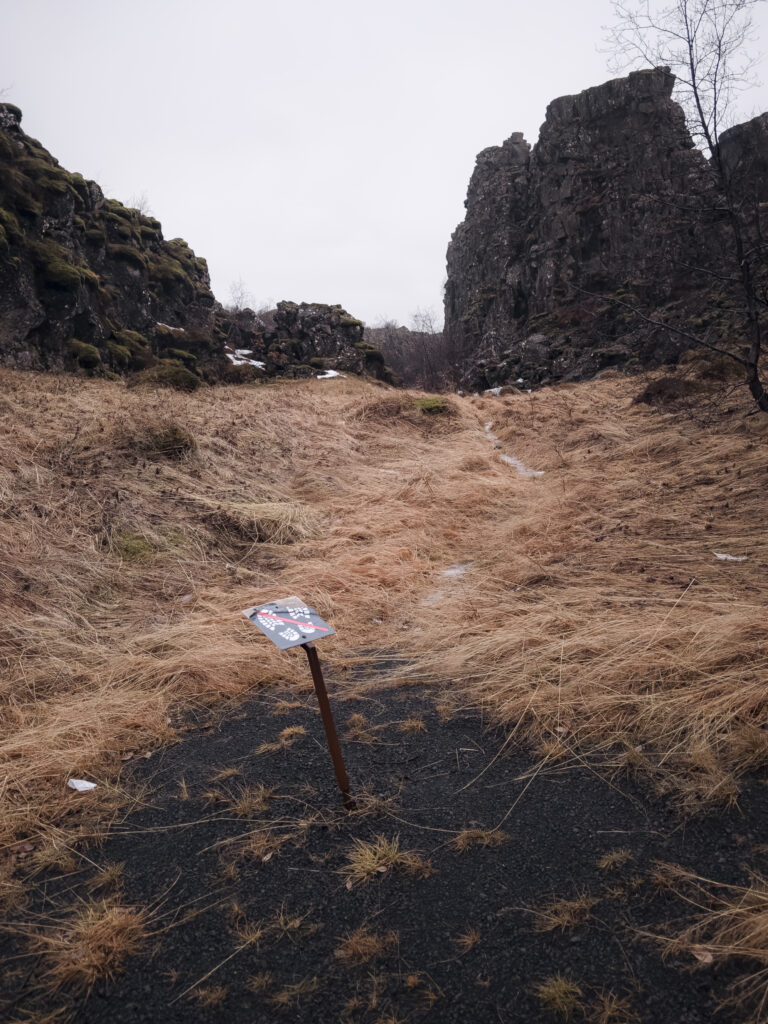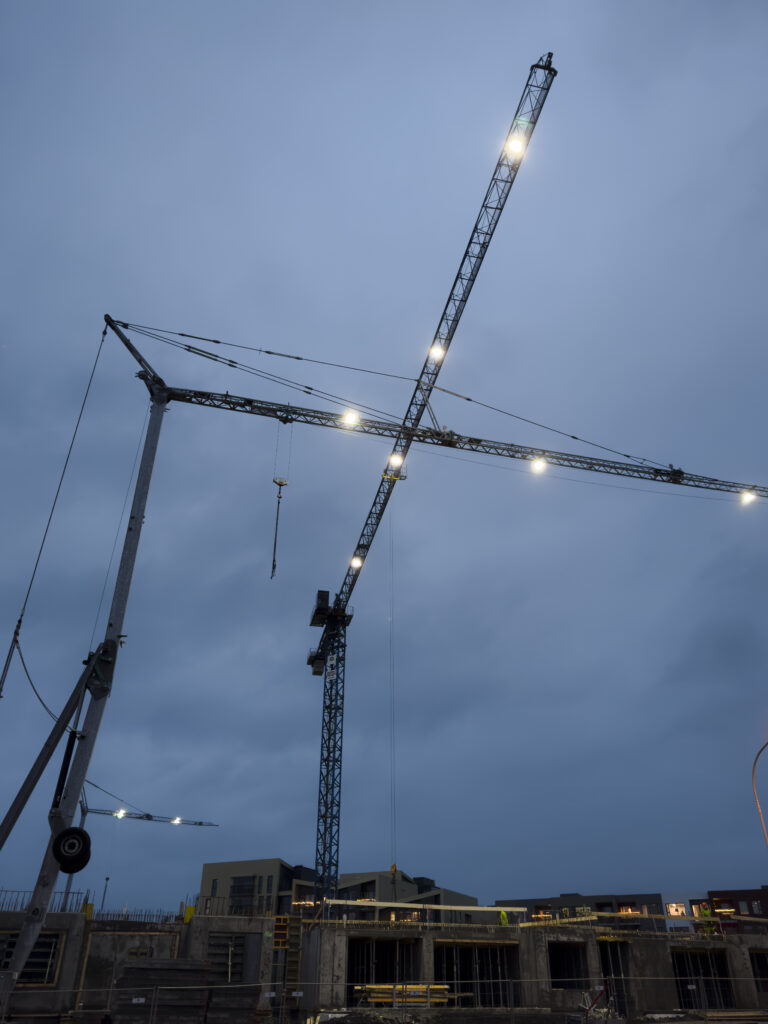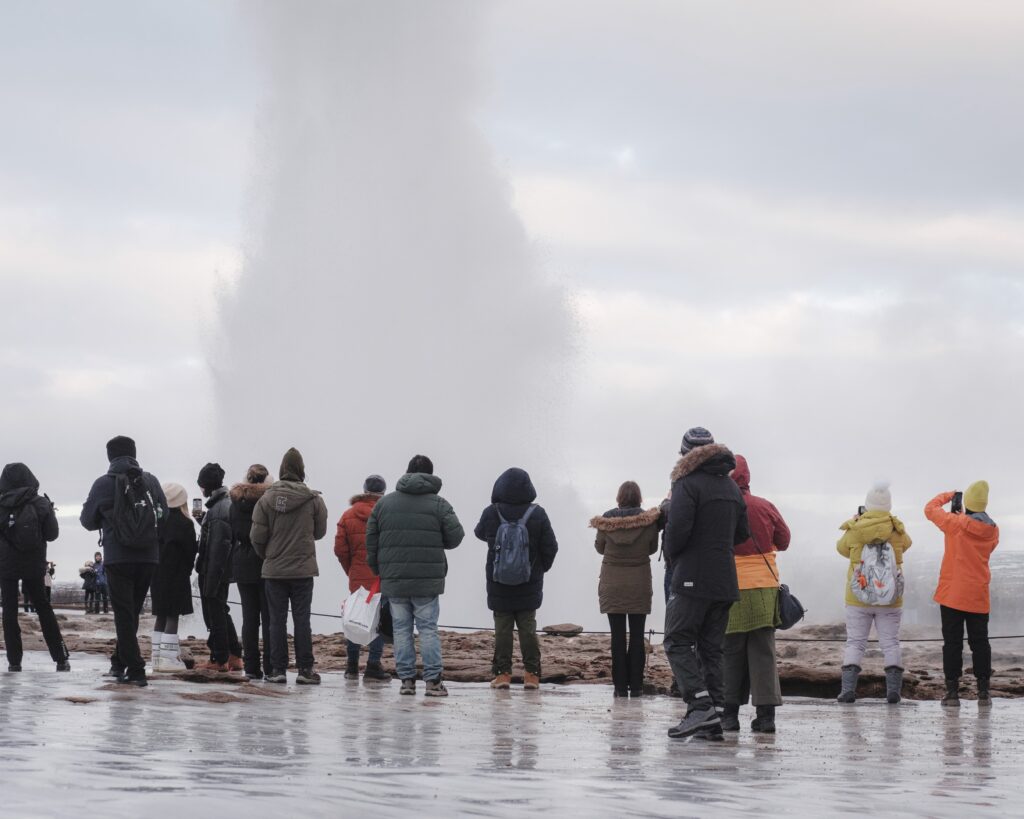
Compromise for Chains
Iceland prides itself on being a land of authentic experience, whatever that means. You won’t find globalized brands such as Starbucks or McDonalds. In fact, you can still view the last sold Big Mac in a hotel display. Authenticity is an interesting term though, because tourists “arrive and experience the location through their senses and process it through their cultural backgrounds and biases” (Sorrel & Plante). Visitors will be enthused by the Iceware shops lining Laugavegur (the main drag) with their Icelandic design without seeing the products are made in Indonesia or that the chain will be available in almost every gift shop and museum across the country. Do they want to know that all of the shops selling puffin merchandise and horned viking helmets are profiting off of icons that misrepresent cultural and historical values of the country? The authentic Iceland today may not have McDonalds but still has a Subway in the same frame as Hallgrímskirkja.

Compromise for Desire Paths
One of the greatest assets Iceland has available to its residents and visitors is the Nature Conservation Act. It states that “the public is entitled to free passage through the country and to dwell there for legitimate purpose.” þingvellir, the site of Iceland’s first parliament and location of divergent tectonic plates is a national park that sees intense use of this policy. Most tourists hop off of their bus and walk down the path without paying for the exhibition explaining the heritage of the site. They go right past the moss covered Law Rock and pose for a photo next to the waterfall that spills into the Execution Pool without realizing the historical seriousness of the location. Because the park has chosen not to strongly display the heritage, the story a tourist will bring back with them is of plate tectonics and roped off paths without understanding why they shouldn’t walk on the other side. The Nature Conservation Act also says that “Everyone is obliged to treat the natural environment with respect and take the utmost care to avoid damaging it.” The authentic Iceland today has desire paths due to a misunderstanding of the culture.
Compromise for the Checklist
A tourist looking for an authentic experience checkbox along Iceland’s Golden Circle should be sure to stop at Haukadalur. This valley is home to the Great Geysir (which all geysers are named for), though most don’t even see it. They are more interested in watching Strokkur erupt every 6-10 minutes, getting the photo with steam exploding behind to prove they were there, and then walking back down the ADA accessible paved path to the restaurant and gift shop to buy more stuffed puffins and Iceware. The authentic Iceland today is viewing wonders of nature through your phone screen.

Compromise for a Livable Wage
Less than 45 minutes away from Geysir, there is a tomato farm offering a very different type of authenticity. After receiving requests for tours of their greenhouse, this operation realized that they could profit off more than just the agriculture industry. When considering how to maximize tourists, this type of dual-use space increases physical, perceptual, economic, and environmental capacity which are four of six main factors of the overtourism (Sæþórsdóttir, Hall, & Wendt). Their restaurant is able to operate at higher profit margins as they supply their own tomatoes for their famous soup and the gift shop only offers jams and spice rubs made in house. It could be argued that they have strayed from their original goal of supplying the country with fresh produce (they are responsible for 40% of the tomato market), but their model could also be compared to an apple orchard in the midwest. They are simply utilizing their space to increase profit margins and provide their workers with a livable wage (Sæþórsdóttir, Hall, & Wendt). The authentic Iceland today is incorporating tourism into every industry.
 Compromise for Economic Recovery
Compromise for Economic Recovery
While there are many more images that showcase the compromises than can be shared, the trade offs of construction cannot be skipped over. In an economy that cannot rely on lumber but needs more beds by the day, rebar and geometric crane frames dominate the skyline. New hotels are popping up everyday and Airbnbs are being listed even faster (Sheivachman). For the academic who spoke to our group, housing is the number one problem that overtourism is causing. Besides materials costs, conditions are another problem for those in the construction industry. Workers wear heavy waterproof body suits and cranes have floodlights attached at the boom. In a country known for dark skies and northern lights, this added light pollution is a nuisance for neighbors and tourists alike. The authentic Iceland today has economic growth but a sky of cement.
